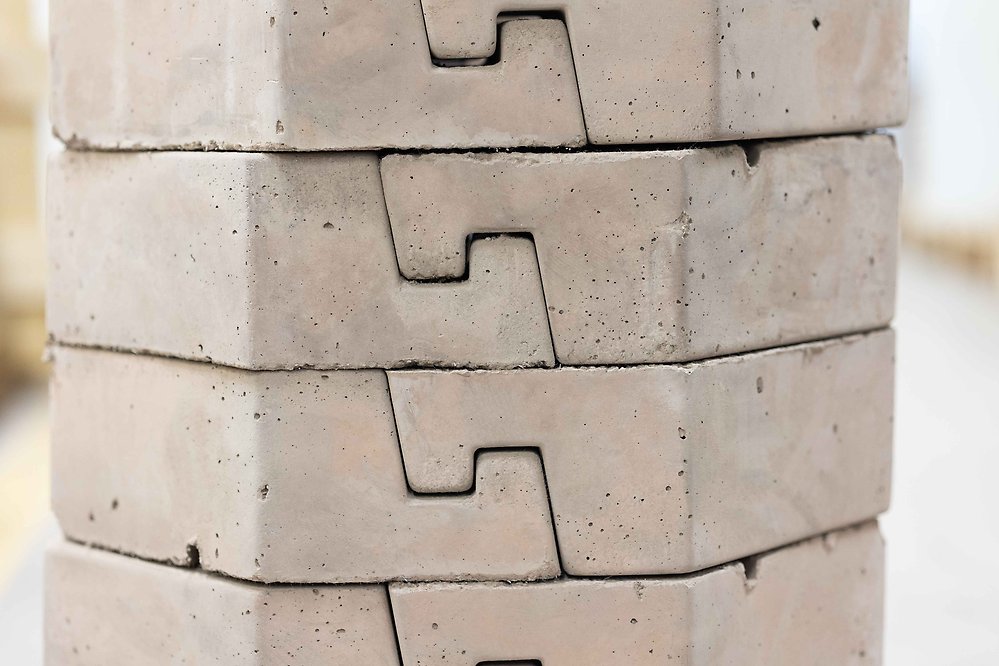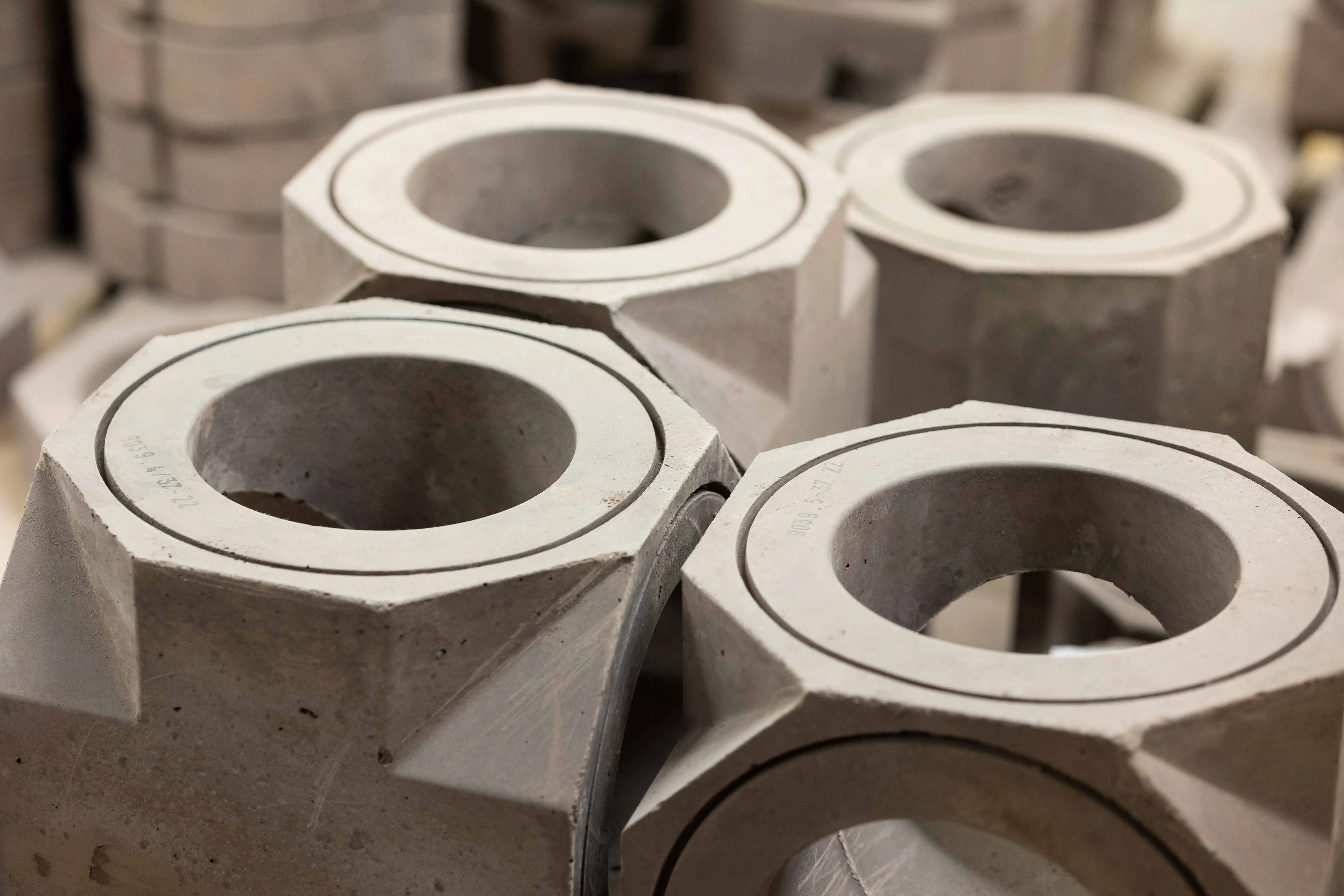PowerStone™: Optimized Heat Storage and Material Advantages
PowerStone stands out with its high specific heat capacity of approximately 0.97 kJ/(kg·K). This means that for every kilogram of material, around 0.97 kJ of energy is required to raise the temperature by 1 Kelvin. In comparison:
- Soapstone: approx. 0.8 to 0.9 kJ/(kg·K)
- Granite: approx. 0.79 to 0.8 kJ/(kg·K)
This gives PowerStone a clear advantage in storing more heat per unit of mass than these traditional natural stones.
The Role of Heat Storage in Stoves and Fireplace Systems
Heat storage plays a central role in stoves and fireplace systems. It allows the heat generated by combustion to be absorbed efficiently and then released evenly over an extended period. This results in a stable room temperature and optimized heating performance. Even after the fire has gone out, the thermal mass continues to radiate warmth — contributing to a sustainable and comfortable indoor climate. A high specific heat capacity ensures that large amounts of thermal energy can be stored without causing extreme temperature fluctuations.
Production Benefits: Cast Material and Flexible Shaping
One of PowerStone’s key advantages is its cast manufacturing process:
- Shape optimization: The stone’s form can be defined directly during casting, eliminating the need for extensive mechanical processing. This saves resources and reduces production costs.
- Space efficiency: Free-form shaping makes it possible to fully utilize the available space within stoves and fireplaces.
- Increased surface area: Design features such as integrated ribs increase the surface area, enhancing both heat absorption and heat emission.
Optimized Density and Volumetric Heat Storage
PowerStone has a density of 2300 to 2400 g/dm³, another critical factor in its performance. A higher density means more material — and therefore more energy storage potential — per unit volume.
Comparison with natural stones:
While soapstone and granite may fall within similar density ranges, PowerStone uniquely combines this high density with a superior specific heat capacity. The result is a higher volumetric heat storage capacity, translating to even greater efficiency in thermal storage applications.
Practical impact:
In real-world use, this means PowerStone can store more energy not just per kilogram, but also per liter — especially important when the available space inside a stove is limited and needs to be maximized.
Energy Storage Calculation in Operation
Assuming a PowerStone installation heats from room temprature (22 °C) to a maximum of 350 °C, we get a temperature didifference (△T) of:
△T = 350 °C - 22 °C = 328 K
The energy stored per kilogram is:
E = c x △T = 0.97 kJ / (kg\cdotpK) x 328 K ≈ 318 kJ / kg
Converted into kilowatt-hours (1 kWh = 360 kJ)
318 kJ / 3600 ≈ 0.088 kWh/kg
This means each kilogram of PowerStone can store approximately 0.088 kWh of energy, depending on the actual operating conditions.
Conclusion
PowerStone offers several key advantages for use in stoves and fireplace systems:
- Higher specific heat capacity: At approx. 0.97 kJ/(kg·K), PowerStone surpasses traditional materials like soapstone and granite, enabling improved heat retention.
- Cast construction: Enables efficient, custom-shaped components without resource-intensive machining — perfectly tailored to fit available space and enhance surface area.
- High density: At 2300 to 2400 g/dm³, PowerStone stores more energy per volume than many natural materials, ensuring even, long-lasting heat output.
- Efficient energy absorption: A single kilogram can store around 0.088 kWh over a typical heating cycle, supporting a more consistent and sustainable indoor climate.
Together, these material properties and manufacturing benefits make PowerStone a high-performance, resource-conscious thermal storage solution for modern stove and fireplace applications.

